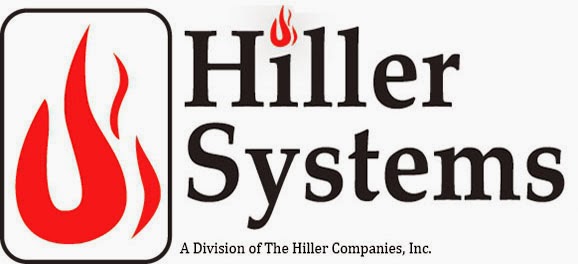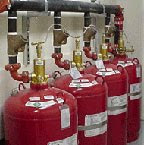Written and submitted by Belinda Arthur:
Hiller Systems, an authorized distributor of Akron Brass, proudly presents the Firefighter Appreciation Rebate on Akron Brass Nozzles and Monitors:
You’re in the business of saving lives. To show our appreciation, we’d like to help you save money! Take advantage of this fantastic offer and upgrade to the latest life safety equipment by Akron Brass.
- Trade in your used combination nozzle and purchase a new Turbojet, Saberjet or Assault nozzle to receive a $50.00- $75.00 cash rebate!
- Trade in your portable or fixed monitor and purchase a new Mercury Quick Attack or MercuryMaster 1000 monitor to receive a $150.00 - $200.00 cash rebate!
 |
There is no limit on the number of items that you can trade in. Each qualifying trade-in and purchase will receive a cash rebate.
For details, contact Belinda.Arthur@hillerva.com or (757) 549-9123. Hurry as the rebate offer will end on September 30, 2010!







